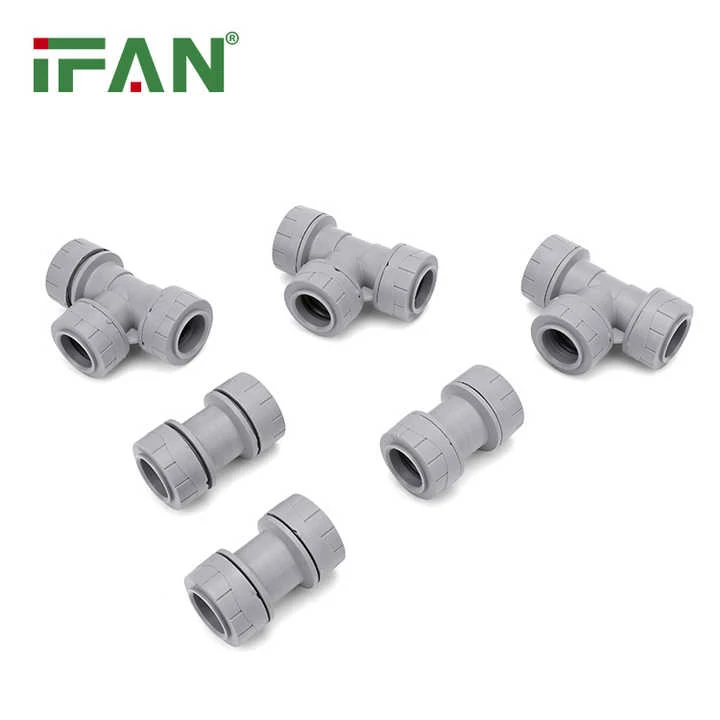Introduction to PPR Push Fittings
PPR (polypropylene random copolymer) push fittings are widely used in plumbing systems due to their ease of installation and reliability. These fittings allow for quick, tool-free connections, making them popular in residential and commercial applications. However, their suitability for central heating systems depends on factors like temperature resistance, durability, and pressure handling. This article explores whether PPR push fittings are appropriate for central heating systems.
Temperature Resistance of PPR Push Fittings
Central heating systems operate at high temperatures, often exceeding 70°C (158°F). PPR push fittings are designed to withstand temperatures up to 95°C (203°F), making them suitable for such applications. For example, in a residential central heating system, PPR push fitting can handle hot water flow without degrading. Their thermal stability ensures long-term performance, even under continuous high-temperature conditions.
Pressure Handling Capabilities
Central heating systems require fittings that can handle high pressure. PPR push fitting is rated for pressures up to 10 bar (145 psi), making them suitable for most heating systems. For instance, in a multi-story building, PPR push fittings maintain their integrity under the pressure of circulating hot water. Their robust design minimizes the risk of leaks or failures, ensuring reliable operation.
Ease of Installation and Maintenance
PPR push fitting is easy to install, requiring no special tools or welding. This reduces installation time and labor costs. In a central heating system, quick installation is crucial for minimizing downtime. Additionally, their push-to-connect design allows for easy maintenance and repairs. For example, replacing a faulty fitting in a heating system can be done quickly without disrupting the entire network.
Durability and Longevity
PPR push fittings are highly durable and resistant to corrosion and scale buildup. This makes them ideal for central heating systems, where water quality can vary. For instance, in a district heating system, PPR push fitting can last decades with minimal maintenance. Their longevity reduces the need for frequent replacements, lowering overall costs.

Cost-Effectiveness
While PPR push fitting may have a higher initial cost than traditional fittings, their long-term benefits outweigh the investment. Reduced installation and maintenance costs contribute to overall savings. In a large-scale central heating project, PPR push fitting can lead to significant cost savings over time. Their durability and reliability make them a financially viable option.
Environmental and Safety Benefits
PPR push fitting is environmentally friendly and safe for use in heating systems. The material is non-toxic and does not release harmful chemicals. Additionally, PPR is recyclable, contributing to sustainable construction practices. In a green building project, PPR push fittings align with eco-friendly goals by reducing waste and promoting energy efficiency.
Conclusion
PPR push fitting is suitable for central heating systems due to their temperature resistance, pressure handling capabilities, and ease of installation. Their durability, cost-effectiveness, and environmental benefits make them an excellent choice for modern heating applications. By understanding their advantages, engineers and contractors can make informed decisions that enhance the performance and sustainability of central heating systems. As the demand for reliable and efficient heating solutions grows, PPR push fitting is likely to play an increasingly important role.

